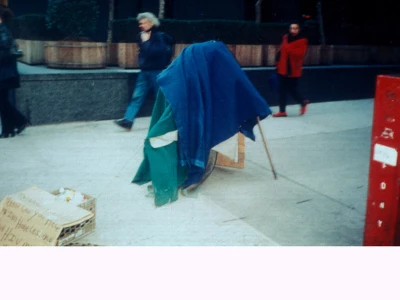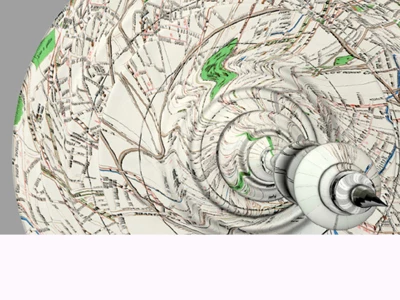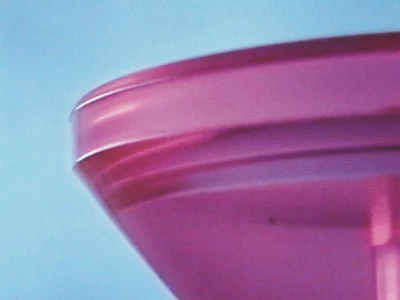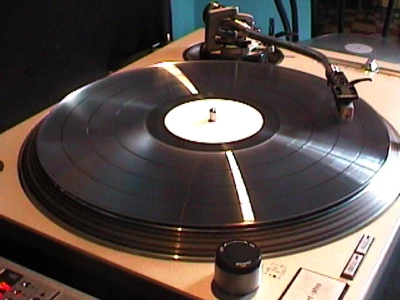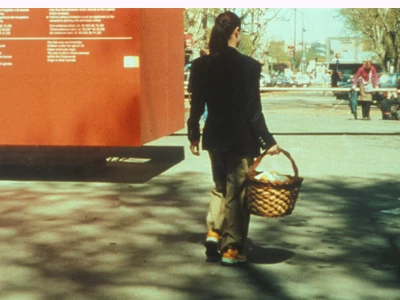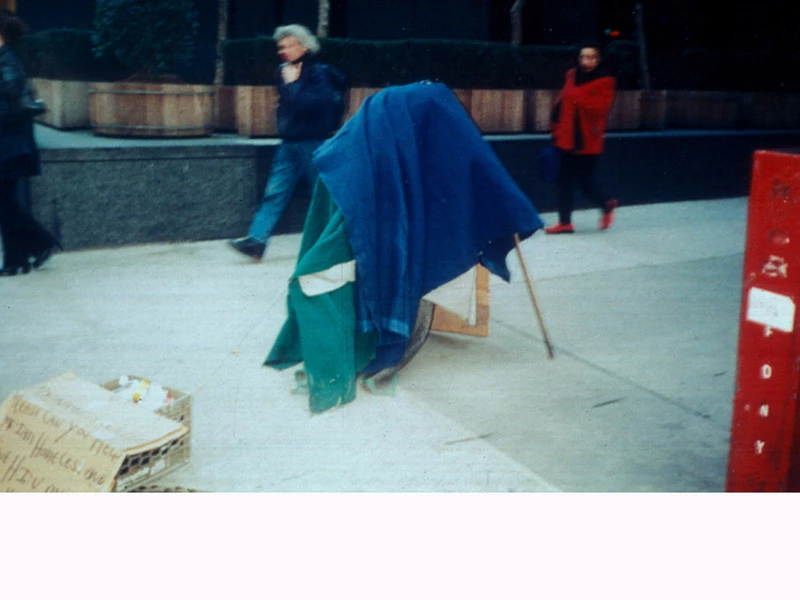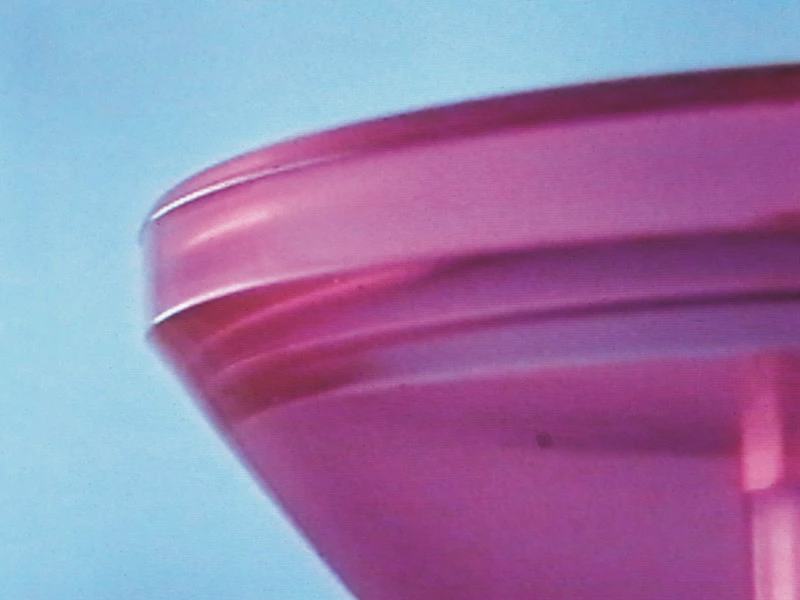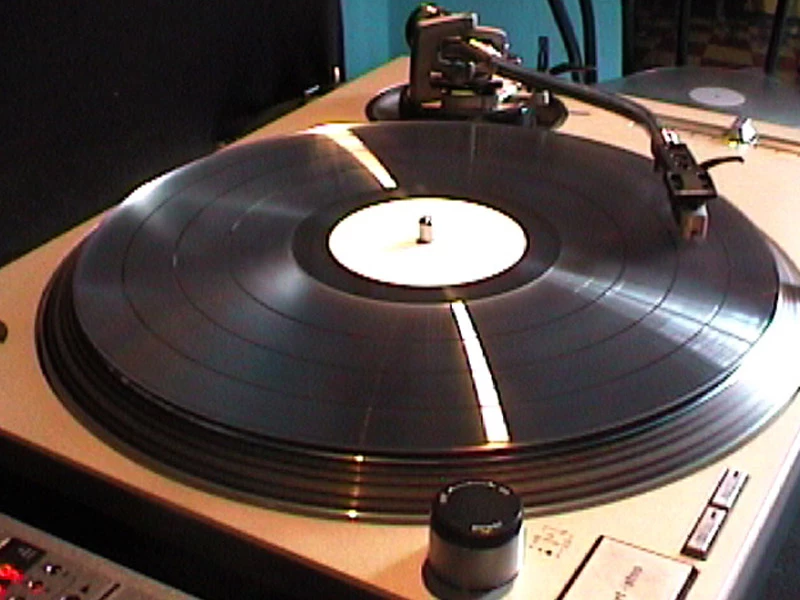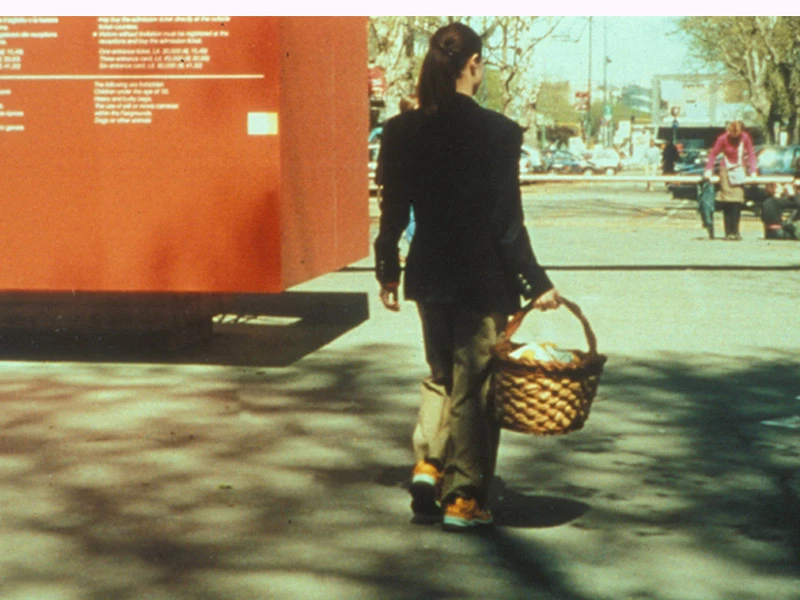Quiet collision - Pratica corrente stile australiano
Quiet Collision brings together in Milan six Australian artists and critics who work with a focus on artistic collaboration and cultural exchange. After a year of work, the project culminated in an exhibition at Viafarini and Careof in Milan. Alongside the presentation of works in the galleries, thanks to the collaboration and dedication of Roberto Pinto, Cristina Morozzi, and the artists themselves, artworks were also installed throughout the city. The aim is to capture and develop synergies among the artists.
All the Australian artists participating in Quiet Collision share experiences of living and working in Milan. Many of them have been hosted by the Viafarini Residence funded by the Australia Council for the Arts, and all are committed to promoting intercultural and interdisciplinary dialogue. Quiet Collision acknowledges the unique cultural and ideological contexts faced by Australian and Italian artists, and its curatorial approach seeks to emphasize these conditions, as well as to explore and identify their differences and similarities.
Quiet Collision aims to introduce the broad artistic, formal, and conceptual concerns of the six participating artists through the presentation and discussion of their work against the backdrop of categorical order, disciplinary structure, and hybridity. Each of the Australian artists involved in this project has oriented their practice toward and along the path of a “quiet collision.”
For artists Charles Anderson and Simone LeAmon, the “impact” has generated parallel concerns regarding the practice and appearance of design methodologies, while Damiano Bertoli and Michael Zavros focus on structure itself through the analysis, reworking, and reproduction of interior objects, events, and images. Marco Fusinato shapes plastic materials to analyze the performative limits of specific moments and sounds, while Elizabeth Pulie manipulates pattern etymologies in relation to cultural heritage and the histories of art and design: both play with existing theoretical constructs.
Together, these individual artists create works that engage with the wider dialogue of contemporary Australian art. Their “collision” anticipates an expansion of existing rhetorics and the articulation of a new artistic language relevant to an international audience. For all participants, the curatorial foundation has served as a point of reference that goes beyond the obvious (as all shared the Milanese experience) and has created a meaningful forum in view of future collaboration.
